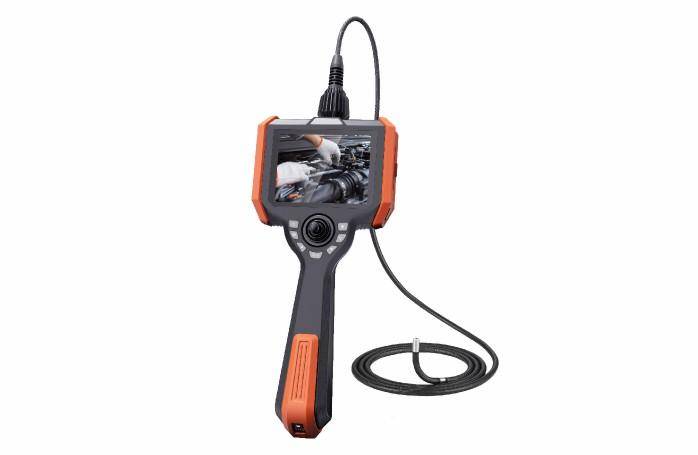Want to know more?
Don't miss any product updates on our industrial borescopes

Industrial borescope
solution service provider
Company Address
Office : 18F, Pingshanshouzuo, Pingshan District, Shenzhen,Guangdong
Contact Info
Ph: +86-0755-89588241
Industrial endoscopes are widely used in the field of non-destructive testing. They can be used for inspection and observation of high temperature, toxic, nuclear radiation and places that cannot be directly observed by the human eye. Non-destructive testing can be achieved without disassembling or destroying the assembly and stopping the equipment. On the other hand, industrial endoscopes can also monitor, record, store and analyze images of field targets, providing a good guarantee for diagnosis and treatment. Compared with destructive testing, non-destructive testing is non-destructive, comprehensive and full-process. It serves many fields such as aerospace, automobile maintenance, precision casting, railway transportation, shipbuilding, national defense security, municipal pipelines, energy and chemical industry, etc. It has become an indispensable testing equipment in the field of non-destructive testing. So, do you know how to use industrial endoscopes effectively?

Selection of inspection channel for industrial endoscope
When using industrial endoscope for inspection, the aisle should be selected as close as possible to the location to be inspected, and the aisle with the shortest entry length should be selected; the frequency and degree of bending of the probe should be minimized, generally from top to bottom and from high to low; wide aisles should be preferred. In addition, to ensure the correct direction of the probe in the aisle, can move through the aisle by observing while passing through.

Position and angle of industrial endoscope probe
Usually, the best effect of observing images is within 10~100mm from the detection area, so the endoscope probe is often required to be as close to the observation point as possible. The probe and the observation object plane can achieve good observation effect within the range of 45° to 90°. In actual inspection, the appropriate observation position is found by repeatedly changing the position and angle of the probe and the observation point, and the best detection effect is obtained.

If you master the above two skills, you will become more and more proficient in testing and your testing efficiency will increase.

Industrial borescope
solution service provider